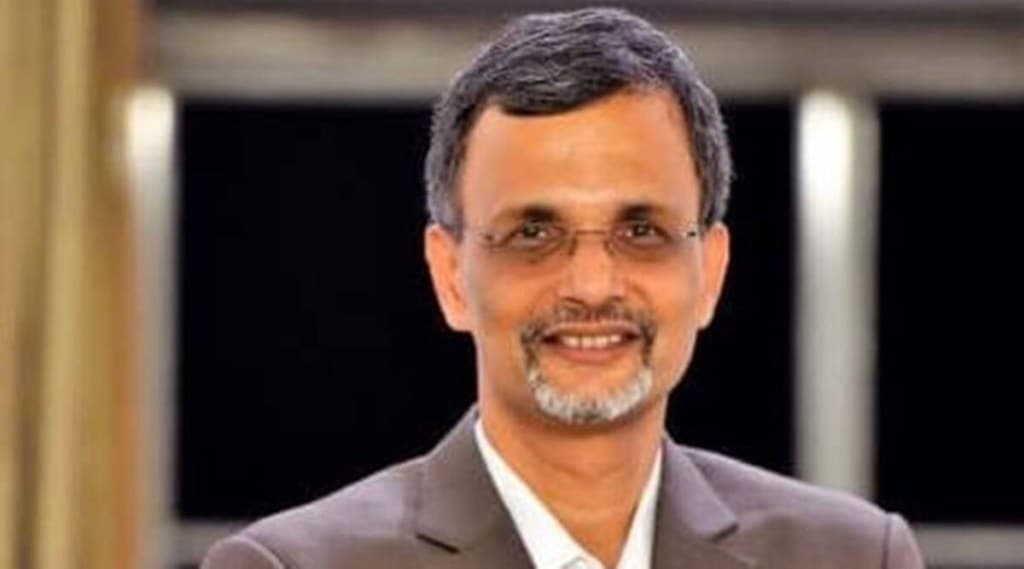As Russia continues to wage war in Ukraine and now with Russia facing international sanctions, there are new concerns around how all of it will impact India. These developments become all the more concerning because many of the assumptions made in the latest Economic Survey and in the Union budget on the growth forecasts are being challenged by the current developments. For instance, the forecasts were made on expectations that the crude oil would be at $75 a barrel while it has already crossed $100 a barrel. Other than imported inflation, there are also concerns around domestic inflation and the worries around the fiscal front. The fiscal deficit for 2021-22 is at 6.9 per cent and the high debt to GDP ratio of 60 per cent. V Anantha Nageswaran, India’s Chief Economic Advisor responded to the questions that seem to bother all. He says: “We have some idea of the range of impacts. But, what actually pans out would depend on the length and depth of the conflict and the impact on oil supply and price.” This and much more in this email interview:
What is your assessment of the impact of the Russia-Ukraine developments on the Indian economy? And despite the forex reserves, what implications worry you on growth, inflation and balance of payments?
It is too soon to make a quantitative assessment of the impact on the economy. While we know that there would be an impact on the trade balance, growth and inflation if oil prices persist at high levels for long, it is difficult to be more specific than that at this stage. Simulations and scenarios have already been done by many economists in the private sector. I would also refer you to the RBI Mint Street Memo No. 17 published in 2019 which examined the impact of crude price shock on India’s current account deficit, inflation and fiscal deficit.
So, we have some idea of the range of impacts. But, what actually pans out would depend on the length and depth of the conflict and the impact on oil supply and price.
In view of the sanctions on Russia, what impact you see for India and what options does India have?
So far, the sanctions have been on the financial sector, financial institutions and the central bank. Of course, there will be an impact on the procurement of certain goods and services from Russia. I am sure the impact and the options are being studied at the appropriate levels of the government.
In the light of the pressures on domestic inflation, the imported inflation is adding to the worries, so what are we doing to guard ourselves in the short term and in the medium term?
These are still relatively early days in the conflict. Of course, shipping and air freight cost too might rise globally. The impact on inflation would depend on the persistence and level of the oil price. Policy decisions would follow based on a judgement on the above. During the pandemic, the government studied the situation carefully and came up with its economic policy responses in a calibrated manner rather than rushing into them. That has served India well.
How is a dovish monetary policy best suited under the current environment?
I don’t comment on monetary policy.
We have a high debt to GDP ratio of 60 per cent and interest payments over 42.7 per cent of the revenues, inflationary pressures, slower growth as the third quarter GDP numbers showed and a high fiscal deficit, how concerned are you about the rupee ?
Concern over the Indian rupee is very low down the list due to various reasons. The most important reason is the extent of foreign exchange reserves we have, the size of the current account deficit and the strong export performance hitherto. FII selling from equities has been happening already, before the conflict began. Hence, there is no pent-up exodus on that front too, for now.
In the light of the recent developments, India’s stable macro fundamentals and medium to long-term potential will be assessed appropriately by investors. They are India’s strong points.
We are today in a situation of labour surplus market with most sectors seeing productivity improvements. Even the SMEs are relying on productivity enhancing technology interventions, how relevant is the reliance on a Keynesian multiplier model suitable? Not just because, india already has a higher rural road density next only to France and well ahead of China and also because there is real need for govt intervention in so many areas where we see clear market failures?
It is an interesting question. Some of the trends that you mention are long-term and they evolve gradually over time. That does not preclude cyclical responses to address near-term economic imperatives. That is my first response. Second, what the successive budgets have done is text-book economics. When consumption demand is weighed down by near-term anxieties and uncertainties – related to health and otherwise – the private sector would wait to see a clearer demand outlook before investing. Hence, the government stepping in with capital expenditure is an appropriate response for the situation that the Indian economy finds itself in. Further, infrastructure requirement is a long-term need and the government is facilitating it from the side of the State governments as well.

